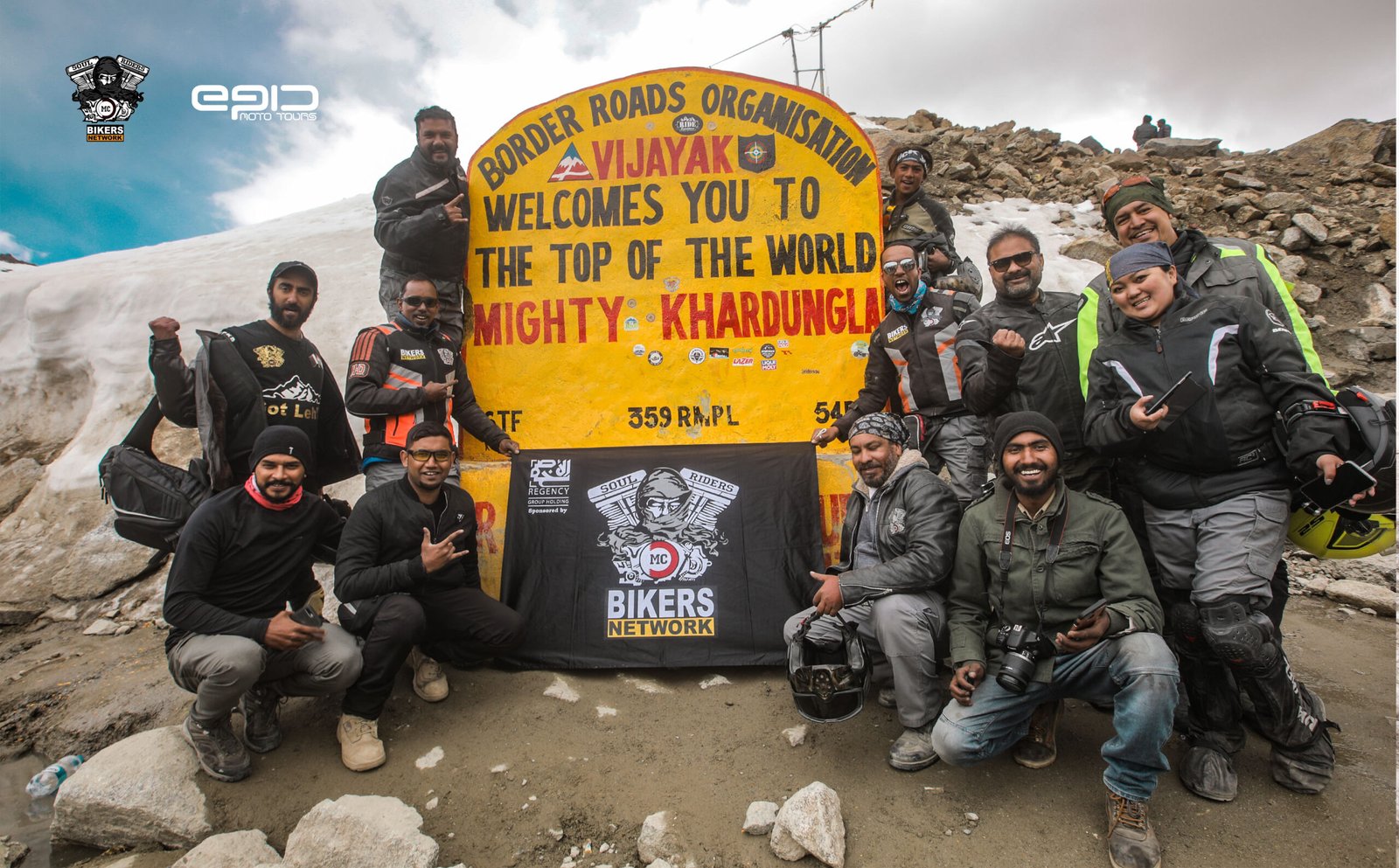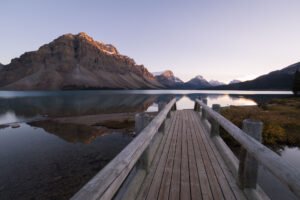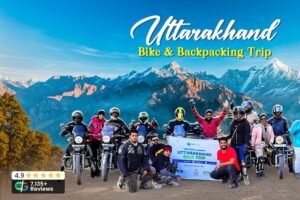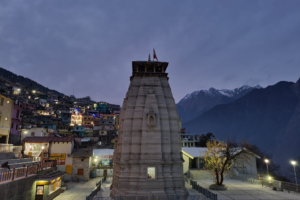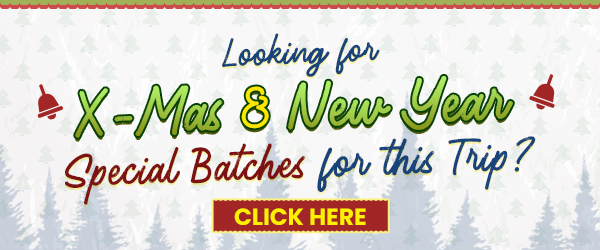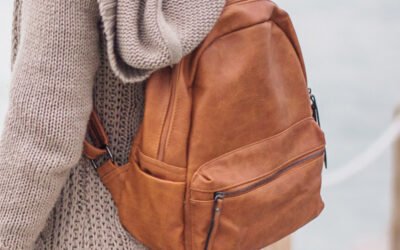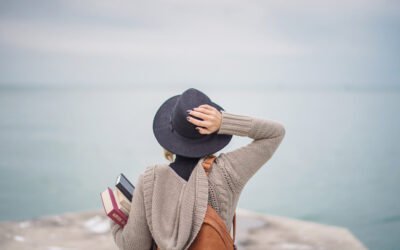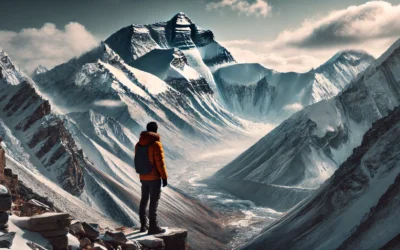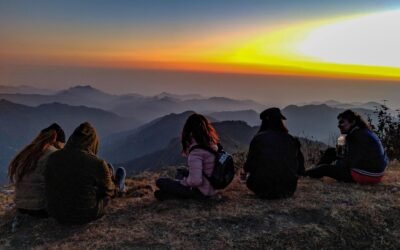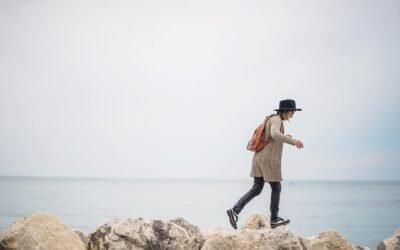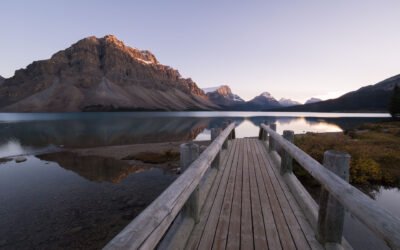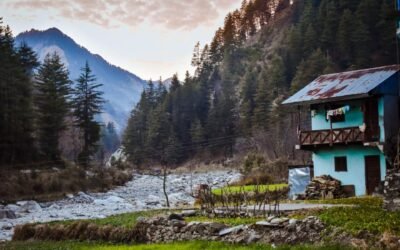Trans-Himalayan Motorbike Tour
Embark on an unforgettable journey across the rugged landscapes of the Himalayas, covering some of the highest motorable roads and iconic destinations in northern India. This 17-day adventure takes you through lush valleys, remote mountain villages, ancient monasteries, and pristine lakes, providing a unique mix of thrilling rides and cultural experiences. Starting in bustling Delhi, the tour leads you to Manali, the gateway to the Himalayas, before taking on high-altitude passes such as Rohtang, Kunzum La, Baralacha La, and the world-renowned Khardung La.
This tour is designed for both experienced riders and adventurers looking to immerse themselves in the raw beauty of the Himalayas.
Detail
Pickup & Drop
Category
Duration
17 Days
Inclusions
Meals
Safe Travel
Stays
Flexible Cancellation
Transfers
Certified Captains
Bottled Water
24/7 Support
Our Blogs
How to Travel Anywhere in India for Only Rs.500 a Day
How to Travel Anywhere in India for Only Rs.500 a Day: A Budget Traveler’s Guide Traveling in India doesn’t have to be expensive. In fact, it’s possible to explore the diverse landscapes, rich culture, and vibrant cities of India for as little as Rs. 500 a day....
8 Things I Bring on Every Trip
8 Things I Bring on Every Trip: Essentials for a Stress-Free Journey Whether you’re embarking on a short weekend getaway or a long-term adventure, packing for a trip can be both exciting and overwhelming. Over the years, I’ve refined my packing list to include only...
10 Tips for Solo Travelers
Your Ultimate Guide to Safe and Enjoyable Adventures Traveling solo is one of the most empowering and transformative experiences you can have. Whether you're embarking on a spiritual journey, an adventure trip, or simply exploring a new destination on your own, solo...
Winters in Spiti
A Snow-Covered Wonderland Beyond the Ordinary Spiti, a remote valley in Himachal Pradesh, transforms into an enchanting winter wonderland from December to March. The season brings deep snow, freezing temperatures, and a pristine, silent beauty to the valley, offering...
Exploring Manali
A Journey Through Time and Nature’s Bounty Nestled in the heart of the Himalayas, Manali is more than a scenic getaway—it’s a place steeped in myths, history, and vibrant culture. Known for its lush green valleys, snow-capped peaks, and adventurous allure, Manali has...
Rukmani In Spiti
My recent journey with Epic Moto Tours took me through the enchanting landscapes of Himachal Pradesh, each destination unveiling a new facet of the region's raw beauty, rich culture, and warm-hearted people. I am Rukmani and this is my version of Spiti. Starting from...
Lahaul Valley
The Hidden Gem of the Himalayas Tucked away in the towering Himalayas, Lahaul Valley is one of India’s most pristine and remote regions. Surrounded by rugged mountain landscapes, glistening rivers, and tranquil monasteries, Lahaul is a place that feels timeless. This...
Leh and Ladakh
A Journey to the Land of High Passes Leh and Ladakh—two names that evoke visions of vast landscapes, towering mountain ranges, and a mystical allure. Nestled in the northernmost reaches of India, Ladakh is a high-altitude desert, bordered by the Great Himalayas and...
Himachal Pradesh
The Land of Majestic Hills and Enchanting Valleys Himachal Pradesh, often called the "Abode of Snow," is a captivating state in northern India. Known for its stunning landscapes, ancient temples, and vibrant culture, Himachal Pradesh attracts travelers, adventure...
Instagram Images





